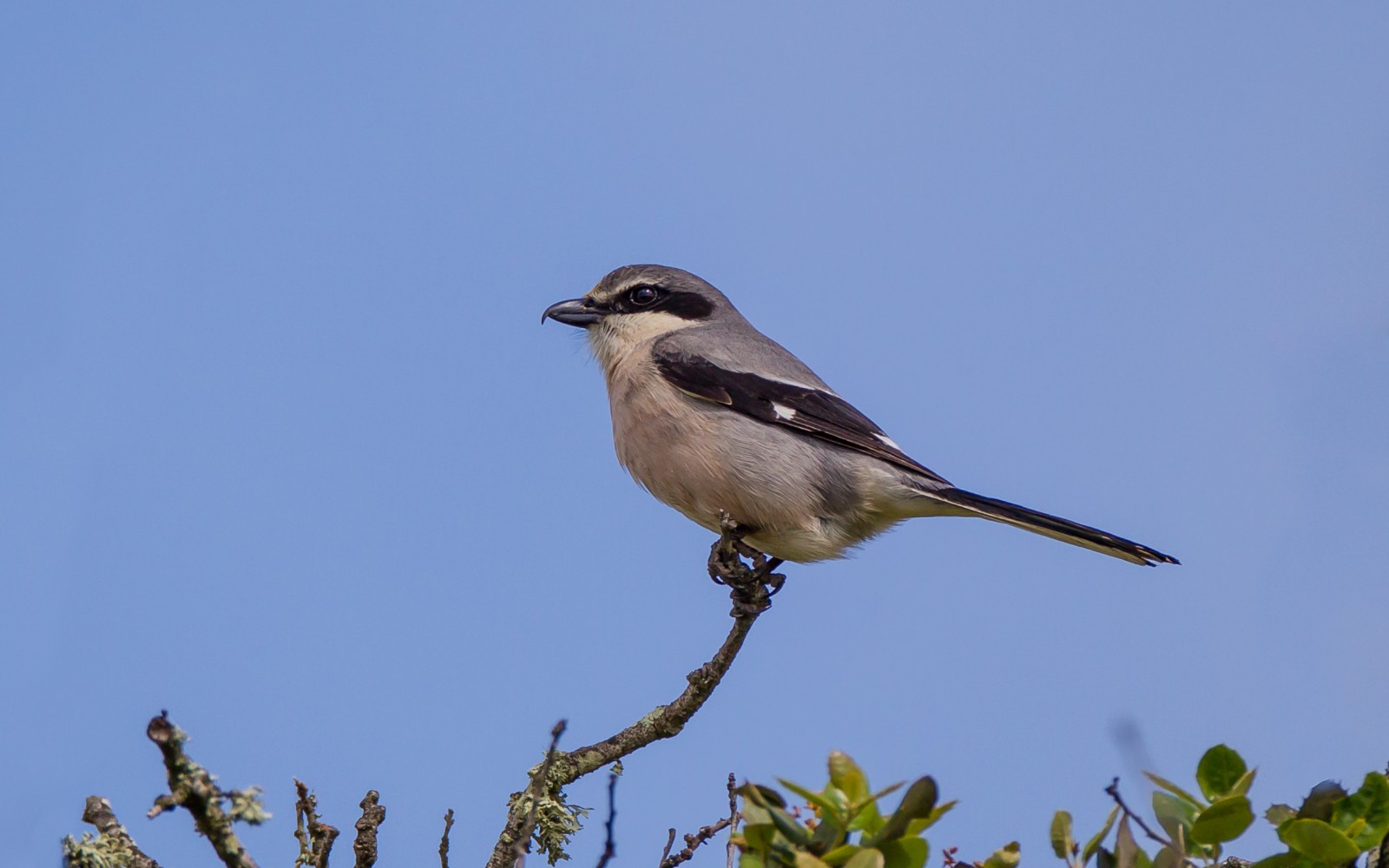Description
Apart from the unspoilt nature of this migration hotspot, there are chances to see Spanish endemic species such as Iberian Magpie and Iberian Grey Shrike as well as the endangered Spanish Imperial Eagle. The beach is 25 kilometres long and various gull species will be there. Note that access is limited to guided tours using 4-wheel drive vehicles and it may be compulsory to hire a guide.
Details
Access
Access is limited to guided tours using 4-wheel drive vehicles. Check what's included. These can be booked online (see the link below) or in Seville and visitors may be collected from there; lunch may also be provided at the visitor centre and a visit to El Rocio is possible. It's not cheap (a tour of 4 hours is about € 30 per person), but it is more relaxing than self guiding, the guides know their territory and it's the only way to visit this area.
Terrain and Habitat
Forest , Wetland , Beach , Scattered trees and bushes , River , SeaConditions
Flat , High water possibleCircular trail
YesIs a telescope useful?
NoGood birding season
All year roundBest time to visit
Spring migration , Autumn migrationRoute
Paved road , Unpaved roadDifficulty walking trail
EasyAccessible by
CarBirdwatching hide / platform
NoExtra info
The actual route may vary according to guide's current information. Separate guided tours cover the nortern end of the reserve. Bird lists will vary according to time of year and location in the reserve.



 (003).jpg)